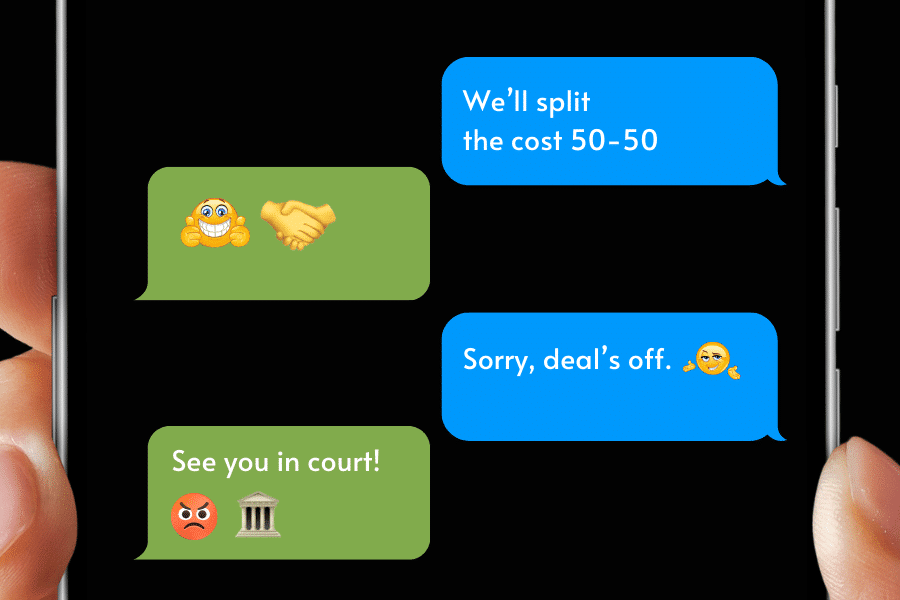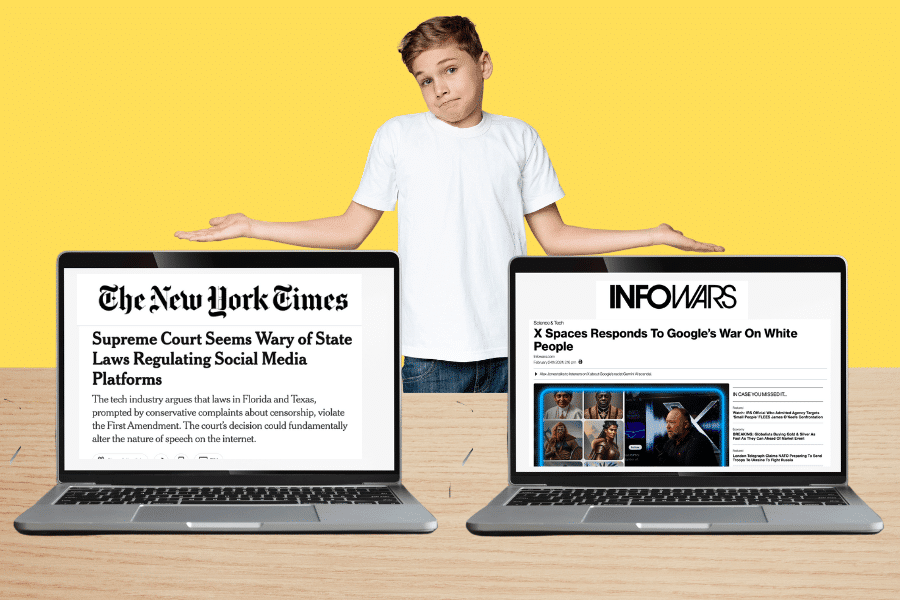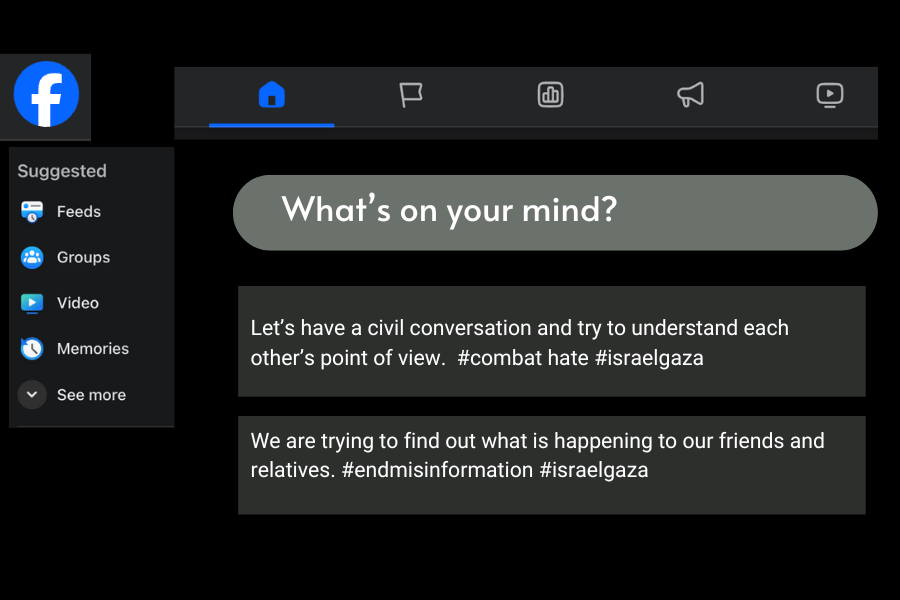
by Jurriaan van Eerten | 21 Nov 2024 | Educators' Catalog, Europe, Media Literacy
After massive floods in Valencia, fake news messages on the internet seemed targeted to intensify chaos and undermine trust in the authorities. A mud-covered car in a garage destroyed by floods in Valencia, Spain in November 2024. (Credit: Eline van Nes) This article...

by Sabine Berzina | 29 Oct 2024 | Culture, Media Literacy, Technology
Social media users report a rise in bizarre AI-generated images. What does this tell us about the direction of viral content? The AI-generated viral “Shrimp Jesus” image. From 24 to 31 October, the world marks Global Media and Information Literacy Week, an...

by Enock Wanderema | 26 Mar 2024 | Africa, Media Literacy, Technology
Courts around the world are considering promises made via text message as legally-binding contracts. Text messsages depict a reneged deal. (Illustration by News Decoder) This article was produced exclusively for News Decoder’s global news service. It is through...

by Michael Leedom | 29 Feb 2024 | Education, Educators' Catalog, Media Literacy, University of Toronto Journalism Fellows
If a child is old enough to learn to read, it’s time to teach them to be media literate. But how to implement that in schools takes some problem solving skills. A teen shrugs at the difference between two computer screens. One shows an article by the New York...
Today’s students are digital natives, but are they digitally literate? In this Classroom #Decoder, guest writer Michael Leedom of the University of Toronto surveys media literacy curriculums around the globe, finding that media literacy education in Finland may be the world’s most robust.
Exercise: Read the article with your class, then have students try their hand at “lateral reading”. This is defined in the text as “checking the credibility of a claim by consulting other sources. Rather than remaining on a website with questionable information to find answers, known as ‘vertical reading’, students are taught to open a new tab and see if new information conflicts with what more trusted websites offer.” Present students with a web page and have them verify the credibility of that page by practicing lateral reading.

by Ella Gorodetzky | 18 Jan 2024 | Educators' Catalog, Human Rights, Israel-Palestine, Media Literacy, Middle East, University of Wisconsin, Youth Voices
From Gaza to Israel to the United States some people are turning to social media for civil discussion. Can we stop disinformation about the Middle East? Posts on an imaginary social media page calling for civil dialogue about the Middle East. (Illustration by News...
Social media can be a double-edged sword — with the power to unite and to divide. How can students differentiate between disinformation and credible content? Journalism undergraduate student Ella Gorodetsky from the University of Wisconsin-Madison looks at social media posts about the Israel-Hamas war to investigate.
Exercise: After reading the article together, have students come up with a social media campaign to stop the spread of disinformation. In 160 characters or less, students should invent a catchy slogan to help others distinguish between credible and fake content. This activity should be done in groups of 2-3.





